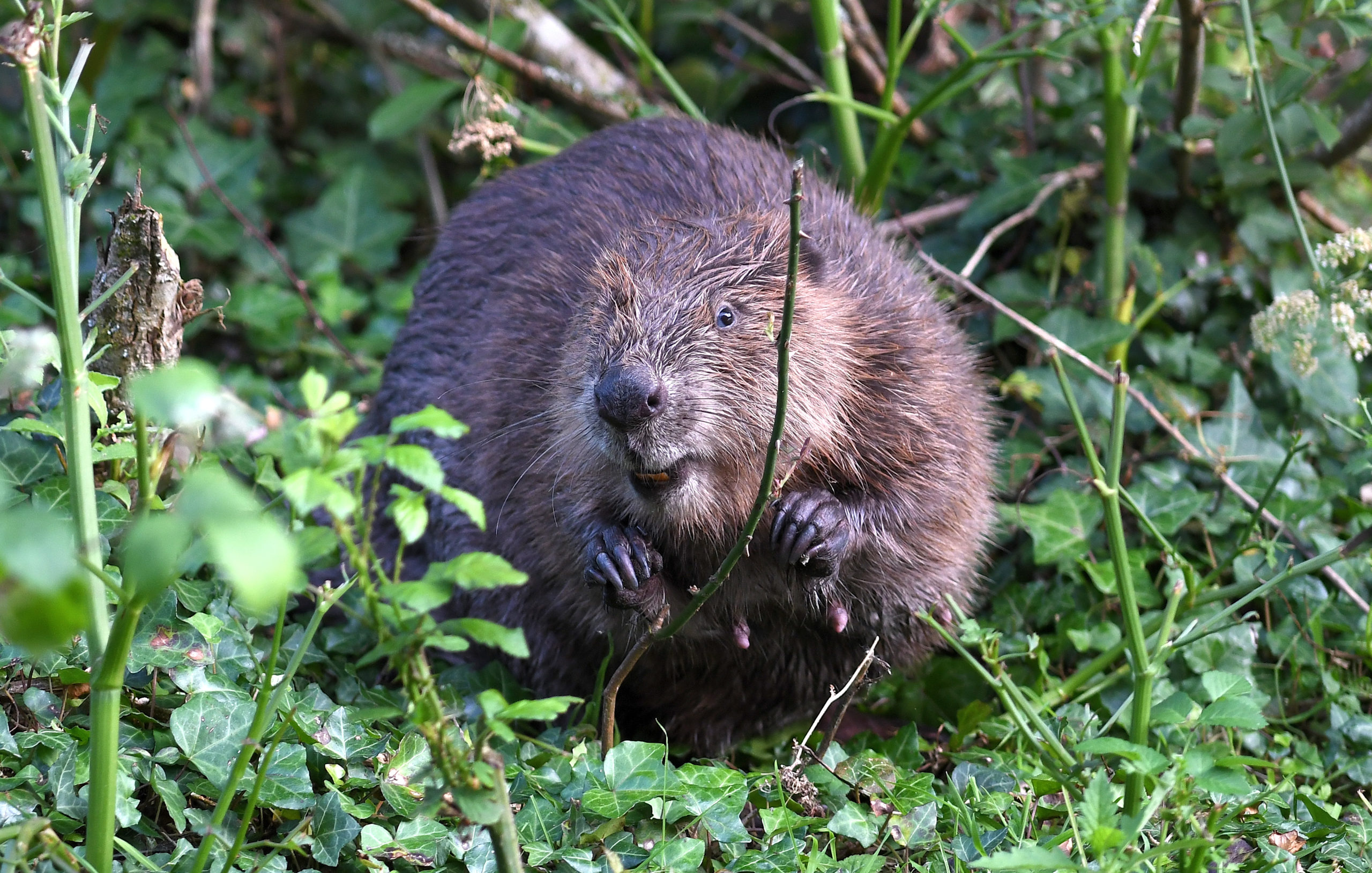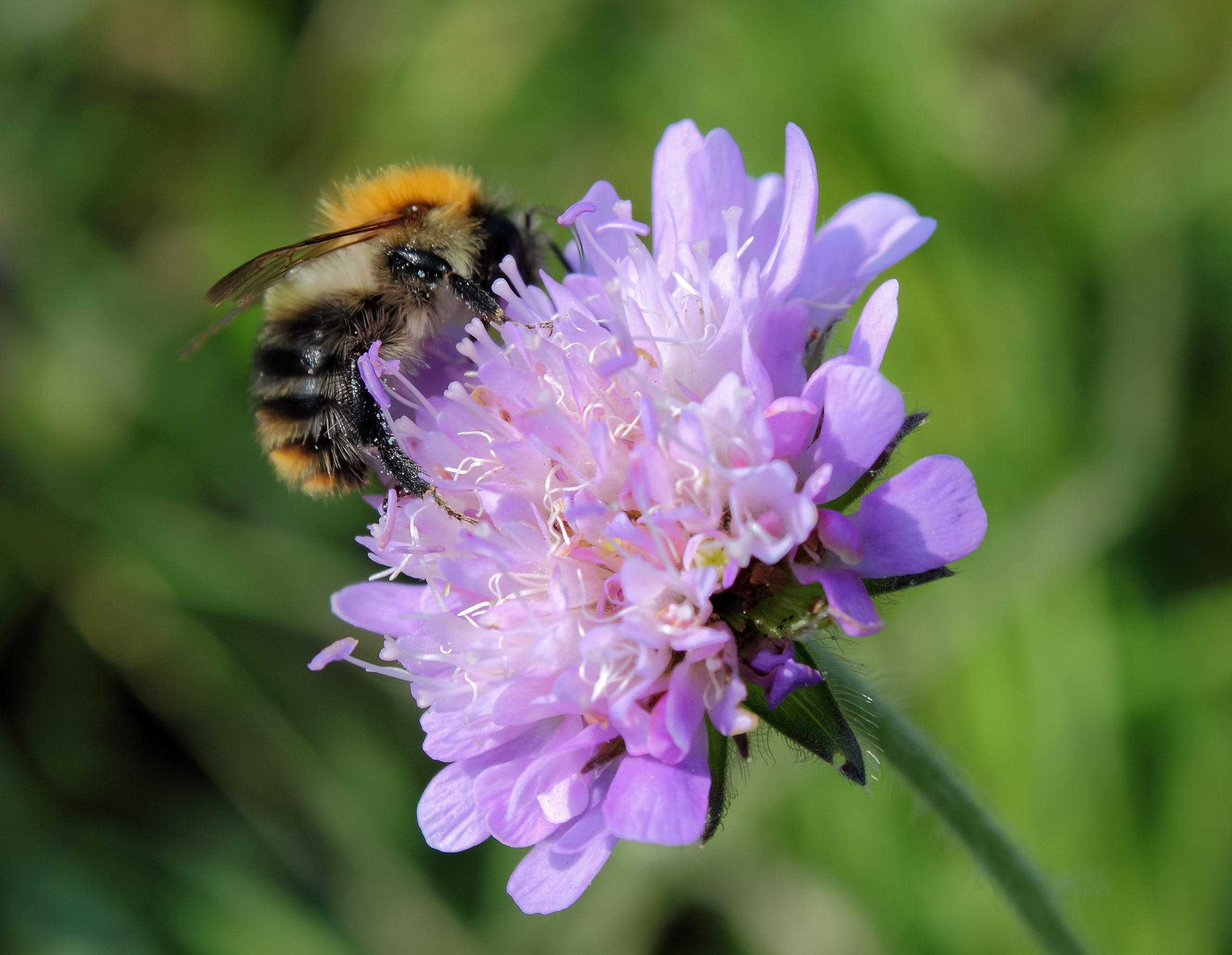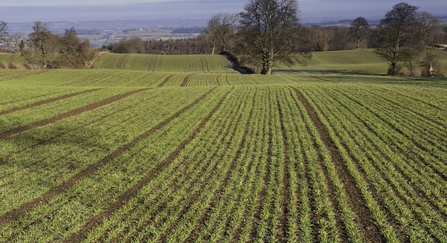Dramatic increase of £1.2bn extra per year is needed to restore nature say The Wildlife Trusts
Today the Government’s much anticipated Environmental Improvement Plan is published. It sets out how the Government is going to achieve their manifesto commitment to ‘deliver the most ambitious environmental programme of any country on earth’. But with less than seven years left to meet the Government’s target to halt the decline of nature by 2030, this plan must deliver a huge shift in action and ambition to reverse the chronic loss of wildlife.
New legally-binding targets for nature were recently passed under the Environment Act and a landmark international agreement was reached at COP15 – so today’s new policy measures must be capable of ensuring that nature can recover. It is widely acknowledged that wildlife declines will persist for several years before reversal can be achieved, even under optimal conditions.
It’s been five years since the UK Government launched the 25 Year Environment Plan, their first Environmental Improvement Plan. Despite its guiding promise to “leave the environment in a better state for the next generation” the plan has failed to stop the catastrophic loss of nature. Recently the Office for Environmental Protection warned that the Government was not on track to meet any of its 23 environmental targets set out in the Plan.
Craig Bennett, chief executive of The Wildlife Trusts says:
“The Government promised voters ‘the most ambitious environmental programme of any country on earth’ in their 2019 manifesto – but unprecedented nature declines are worsening and there’s a big mountain to climb to address the climate emergency. So a plan that matches the Government’s earlier ambition is desperately needed.
“This plan must ensure the whole of Government is acting to halt the chronic loss of nature and tackle this existential threat to our prosperity, our ability to produce food, and to have enough clean water. Yet only very recently, the Office for Environmental Protection warned that the Government was not on track to meet any of its environmental targets set out in its initial 25 Year Environment Plan.
“A dramatic increase in funding is needed if the UK is to reach its target to protect 30% of our land and sea for nature by 2030. Progress towards this target is painfully slow because Government funding for biodiversity is more than 10% lower than it was a decade ago – yet we know that £1.2billion extra each year is needed to restore nature. The Government must find new cash to do this – not just recycle existing funding pots under new names.”
While The Wildlife Trusts welcome the Government’s renewed focus on delivery of nature restoration and improving people’s access to the natural environment, there are significant concerns about the following:
- The Retained EU Law Bill threatens to undermine all progress by removing thousands of laws that protect our most precious wild places and rare wildlife at the end of this year.
- There is still no plan on how to reach 30 by 30 – this is the Government’s stated commitment to protect 30% of land and sea by 2030. Progress towards this international target has been painfully slow, with just 3.22% of land currently protected.
- Only 38% of Sites of Special Scientific Interest in England are in favourable condition despite being some of the most precious sites for nature. This is despite their being a policy commitment to reach 50% of SSSIs in favourable condition by 2020 set out Biodiversity 2020 (England’s biodiversity strategy for 2010 to 2020) – which was missed. Far more funding is needed to improve SSSIs for nature.
Craig Bennett continues:
“The Government appears to be hoping that the agricultural budget will help to restore the nature we’ve lost – but if the Environmental Land Management schemes lack the required ambition, they will have to make up the shortfall from elsewhere. Government must scale up funding to match the ambition – and stop hoping that existing budgets will do the job.”
ENDS
Editor’s notes



